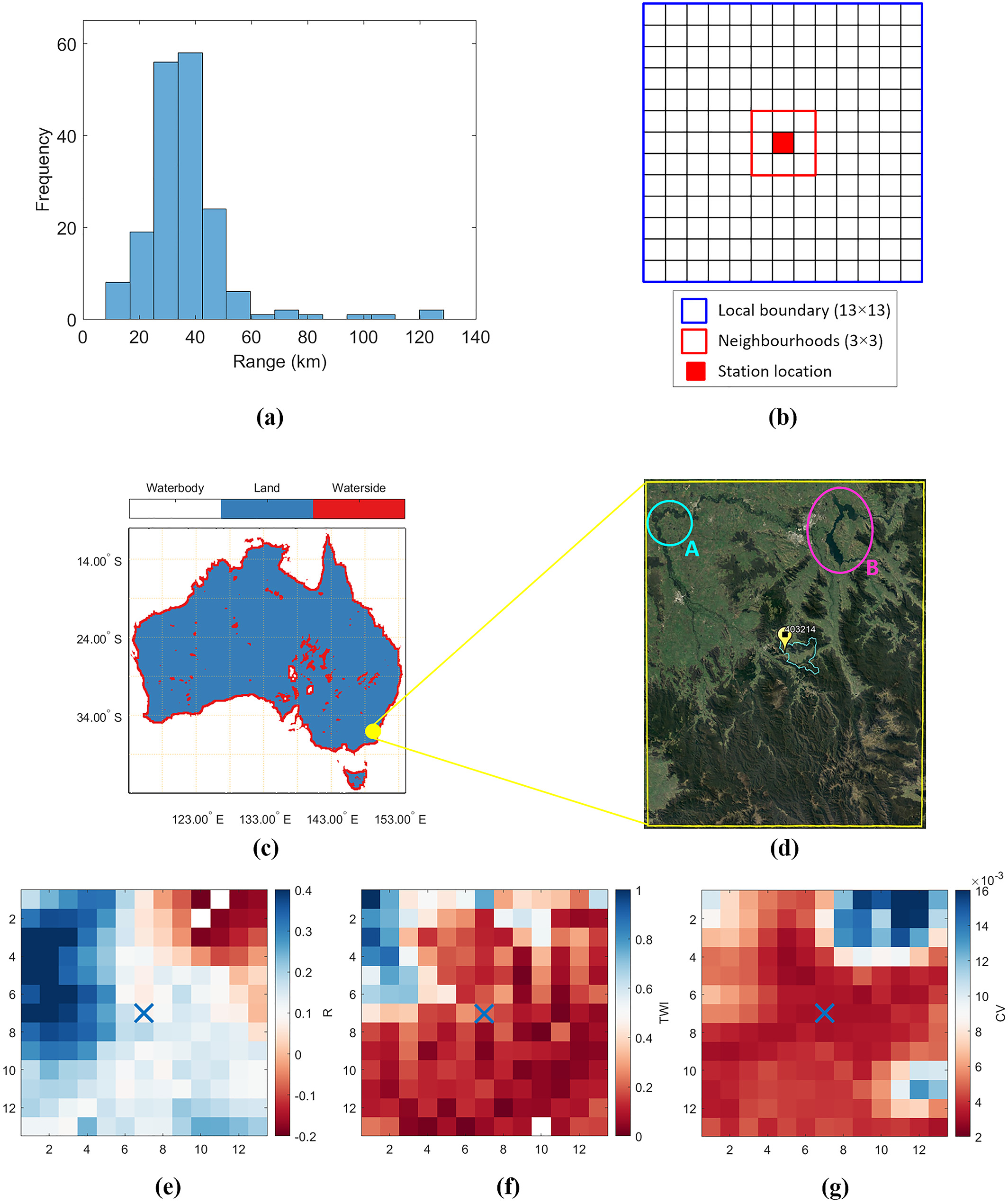The role of floodplain topography in deriving basin discharge using passive microwave remote sensing
Published in Water Resources Research, 2019
Recommended citation: Kim, S., & Sharma, A. (2019). The role of floodplain topography in deriving basin discharge using passive microwave remote sensing. Water Resources Research, 55(2), 1707-1716. https://agupubs.onlinelibrary.wiley.com/doi/abs/10.1029/2018WR023627
Abstract
Discharge measurements are essential for a range of hydrologic applications. In situ observations, however, are seldom available. Whereas satellite remote sensing offers a fascinating possibility of deriving discharge data for ungauged catchments, it comes with significant uncertainty and has had limited adoption until recently. A satellite?derived flood signal, referred to as the Measurement?Calibration (MC) ratio, is being increasingly used but suffers from significant uncertainty and inaccuracy, partly because ground geomorphic attributes are ignored in its estimation. We present here an approach for enhancing the MC ratio by accounting for local topography and its impact on flow creation within a catchment. The Topographic Wetness Index is used for extracting the MC ratio from 179 hydrologic reference stations across Australia representing different climates, watershed sizes, and elevations. Results indicate clear improvements in flow estimates using the proposed method as compared to the options currently in place.
Keywords
MC ratio, Topographic Wetness Index, ungauged basins, microwave remote sensing

